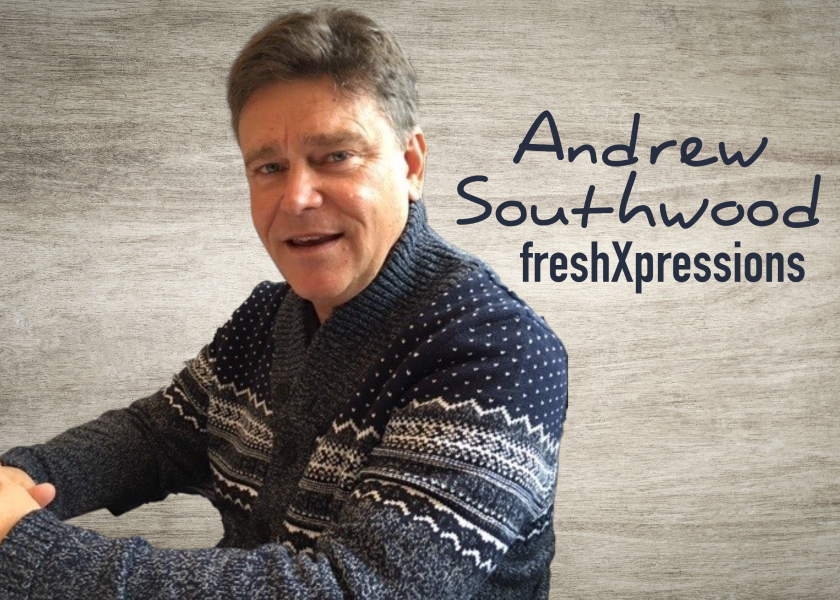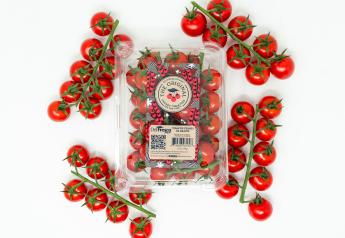Simplifying sustainability to speed up action

A year ago I was hopeful that the North American produce industry would get behind the meaningful incorporation of sustainability practices and thinking in its businesses to help mitigate some of the biggest risks it is facing.
Instead, I have witnessed a fragmentation of ideas and increased hype around trendy ideas as to what constitutes sustainability, leaving growers and players in the industry more confused than ever.
In view of a recent Packer article titled “Growers march to their own tune on sustainability,” it is therefore not surprising that growers believe they are the ones setting sustainability standards. More than a third of survey participants in The Packer’s Sustainability Insights survey responded this way (37.61%) with retailers, consumers, government bodies and trade associations ranking much lower in terms of influencing and setting such standards.
Yes, it is true that the topic of sustainability can be confusing, but it need not be. Bill Mollison, who coined the term permaculture, made that point when he said, “Though the problems of the world are increasingly complex, the solutions remain embarrassingly simple!”
The good news is that at last there is a simple way to break through the clutter of ideas and cacophony of voices jostling to get your attention, which allows you to move from confusion to action.
When all is said and done, sustainability in any business and any economic sector is about understanding impacts. Whether it be impacts on the environment, society or the economy, every business owner finds it an easier concept to understand and work with than sustainability.
We know our business impacts can be positive, negative or neutral. Some impacts are known, while others are not, because such impacts are often hidden from us and felt elsewhere.
Given that a sustainable company is one that has no negative impacts on the environment, society and economy, we can say that is the standard all companies should be working toward.
The question is, what impacts are we to measure?
Fortunately, a strategic framework called the Future-Fit Benchmark already exists to help guide the grower, packhouse, food processor, distributor and retailer as to what they need to be measuring to reduce their negative and maximize their positive impacts.
Drawing on leading science and credible third-party resources, 23 progress indicators have been identified that require measurement (the end goal being zero impact for each).These progress indicators look at company operations, employees and society, product(s) and governance with specific focus on energy, water, natural resources, pollution, waste, company presence, people and drivers in the economy and society.
Leading companies like The Body Shop (personal care), Novo Nordisk (health care) and Shell Foundation (impact investing) have already adopted the benchmark and are using it effectively to guide their strategic and sustainability agendas, giving them the assurance that where they are placing their energy, time and resources matters.
Unlike most ESG indicators, which don’t define what a truly sustainable company looks like, the Future-Fit Benchmark is a forward-looking tool (free to use) that helps to guide a company toward achieving true sustainability credentials, eliminating the false premise that “as long as I am doing better than my peers, that’s good enough.”
Perhaps the most useful aspect of adopting the benchmark is that it does not dictate which progress indicator should be tackled first or how. This allows business leaders to set their own sustainability agenda based on their unique circumstances and priorities. It allows growers to dictate their own pace, choice of solutions and priorities, knowing that their decisions are grounded in a well-thought-through and tested sustainability framework that can withstand the scrutiny of all stakeholders.
Why continue to anguish about the path forward when a simple solution is already available? One that is easy to understand and implement to suit the needs of your business. Measuring your impacts in relation to a subset of the 23 progress indicators is a good place to start. They do not have to be tackled all at once!
For those who want to learn more about the Future-Fit Benchmark, visit futurefitbusiness.org, or feel free to contact me at andrew.southwood@freshxpressions.com for answers to your questions.
Andrew Southwood is a business development strategist in the Montreal area consulting in the fresh produce sector on business resilience and adaptability.







